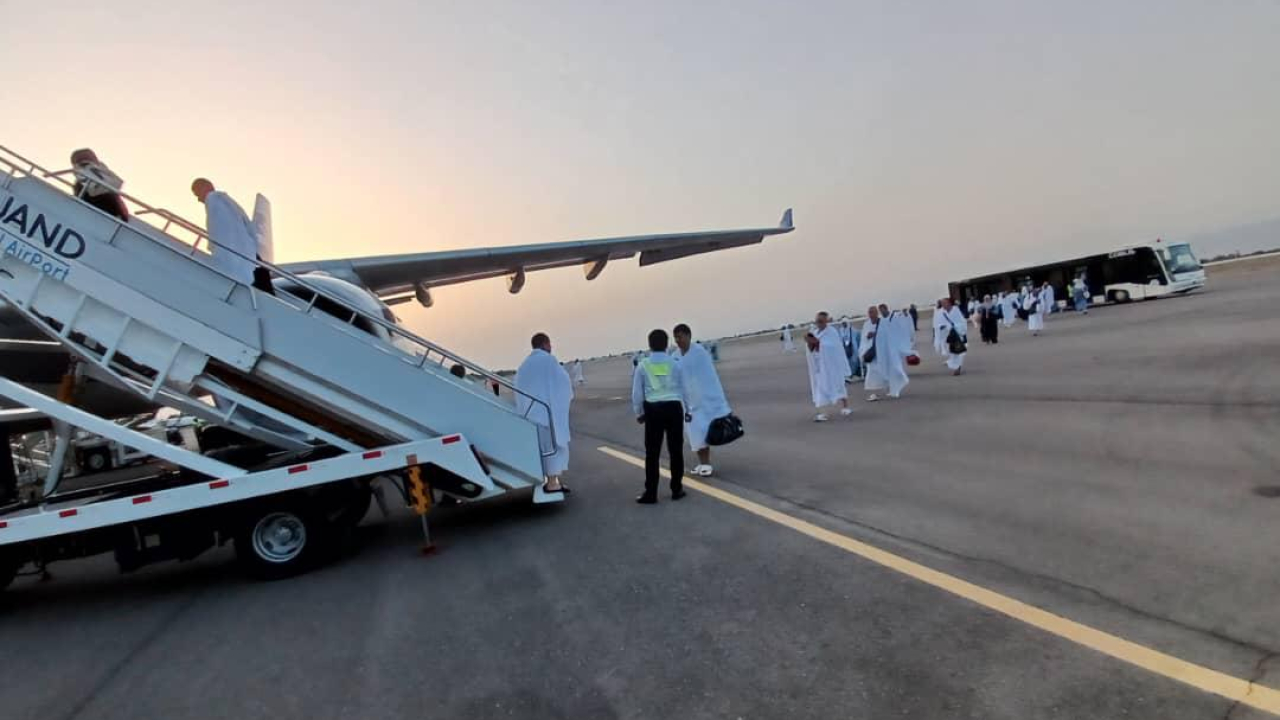IATA: The industry is in a severe situation

Image: IATA
De Juniac said: “International passenger demand was down by 75%, domestic demand by nearly half. Air cargo fared better with the decline limited to 10%. That is making it a revenue lifeline for many airlines and routes. But the overall point to make on 2020 is that it saw the biggest fall in demand ever. And any recovery stalled in November.
Our forecast is for traffic to return to half of 2019 levels in 2021. But the proliferation of restrictions on travel that we have seen since the beginning of the year could make even that modest outlook very challenging. Brian’s “variant” scenario demonstrates how the downside risk to the forecast could limit recovery to 38% of 2019 levels. That would make a tough year even tougher.
Call for Partnerships
In the face of these new restrictions, our call for a partnership with governments is even more essential. There will be a turning point in this crisis. And it’s important to be prepared for it.
I don’t think that anyone foresees a world free from COVID-19 anytime soon. Certainly not in the next months or even within this year. But our ability to manage the risk is increasing as more people get vaccinated and testing capacity expands.
Eventually, we will be at a point where these and other measures give governments the reassurance that the risk of re-starting our lives—including travel—is tolerable, recognizing also the significant social and economic benefits that are at stake. We are eager to work with governments as partners to understand what the benchmarks and conditions will be for a decision to give people back their freedom of movement.
Why are we so eager for a plan? So that we don’t lose a minute in re-connecting the world when it is safe to do so. A functioning aviation industry will add vital momentum to the economic recovery. Indeed, without aviation, a recovery is likely not possible. We have all seen far too many stories of the terrible job losses and human suffering across the travel and tourism sector. So-called “staycations” and local tourism are not the answer. Only aviation will be able to energize a recovery.
Some governments have already responded positively to a partnership with industry.
In the UK, for example, we are working with the local airline association to provide a recommended framework. And this was at the invitation of the government—a very positive sign that the approach of partnership will deliver significant value.
In the US, IATA represents the international airlines in the Biden Administration’s almost daily interagency consultations on COVID measures.
And in Latin America, today we will announce an agreement with the Government of Panama and Copa Airlines to partner with us in trialing the IATA Travel Pass. This marks the first airline in the Americas to pilot the programme and the first government worldwide to publicly support it. The trial is set to commence in March on selected flights on Copa from the carrier’s hub in Panama City.
Financial Relief
In the meantime, airlines remain in a struggle for survival. In the last days we have seen thousands of airline staff in the US receive the difficult news that their jobs could disappear on 1 April when the current wage subsidy ends.
Relief packages have been a vital lifeline for airlines around the world. Governments have stepped up with $200 billion to help keep the industry viable. But even this staggering amount will not see the industry through if we have severe travel restrictions well into 2021. More will be needed.”
De Juniac ended by saying: “There is no single formula for the aid that is needed. But what is critically important is that governments understand the specific situation of the airlines in their market and provide the appropriate support—support that does not increase already high debt levels. And this message also goes out to regional funding mechanisms in the developing world. Where governments don’t have the resources, international funding organizations such as development banks may need to step in.”
Stay up to date
Subscribe to the free Times Aerospace newsletter and receive the latest content every week. We'll never share your email address.

